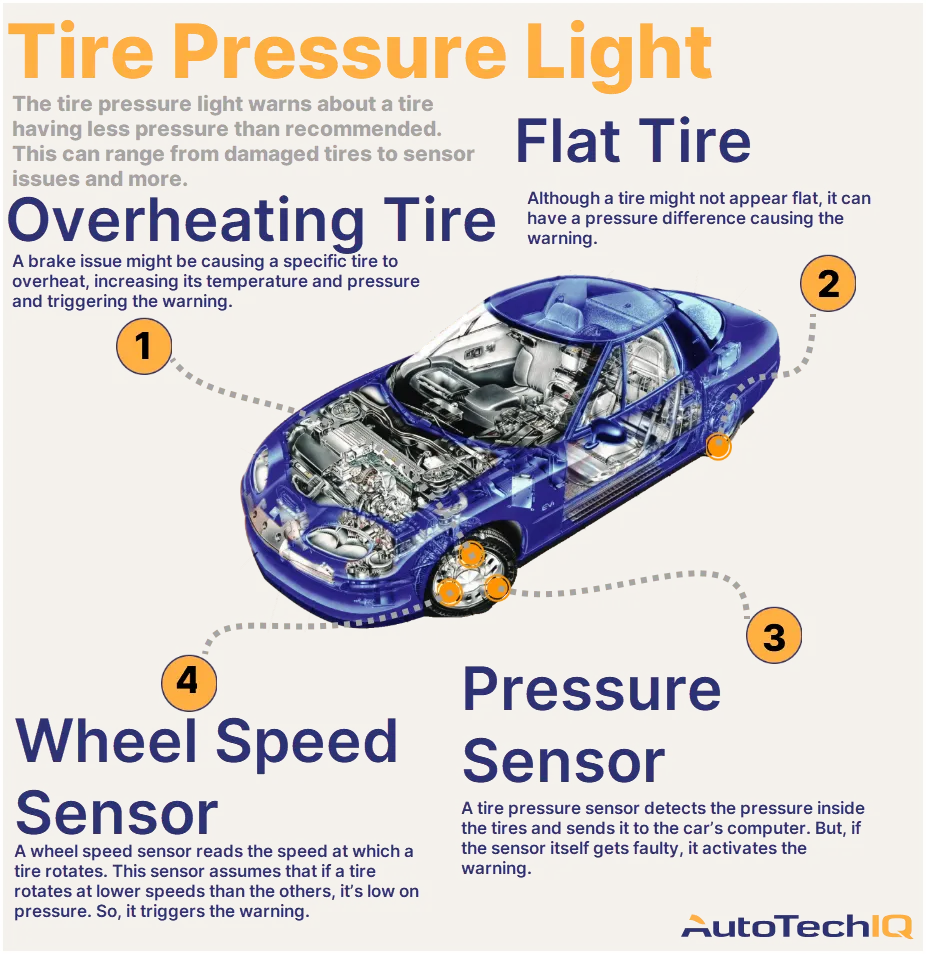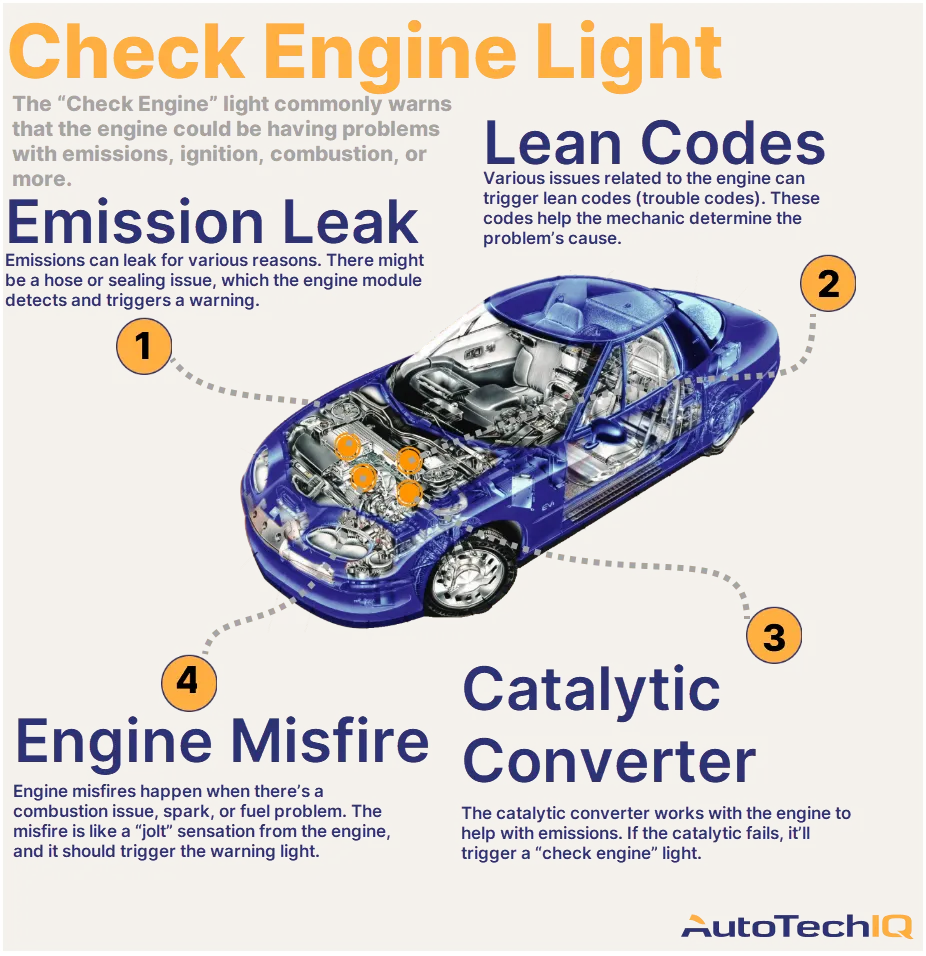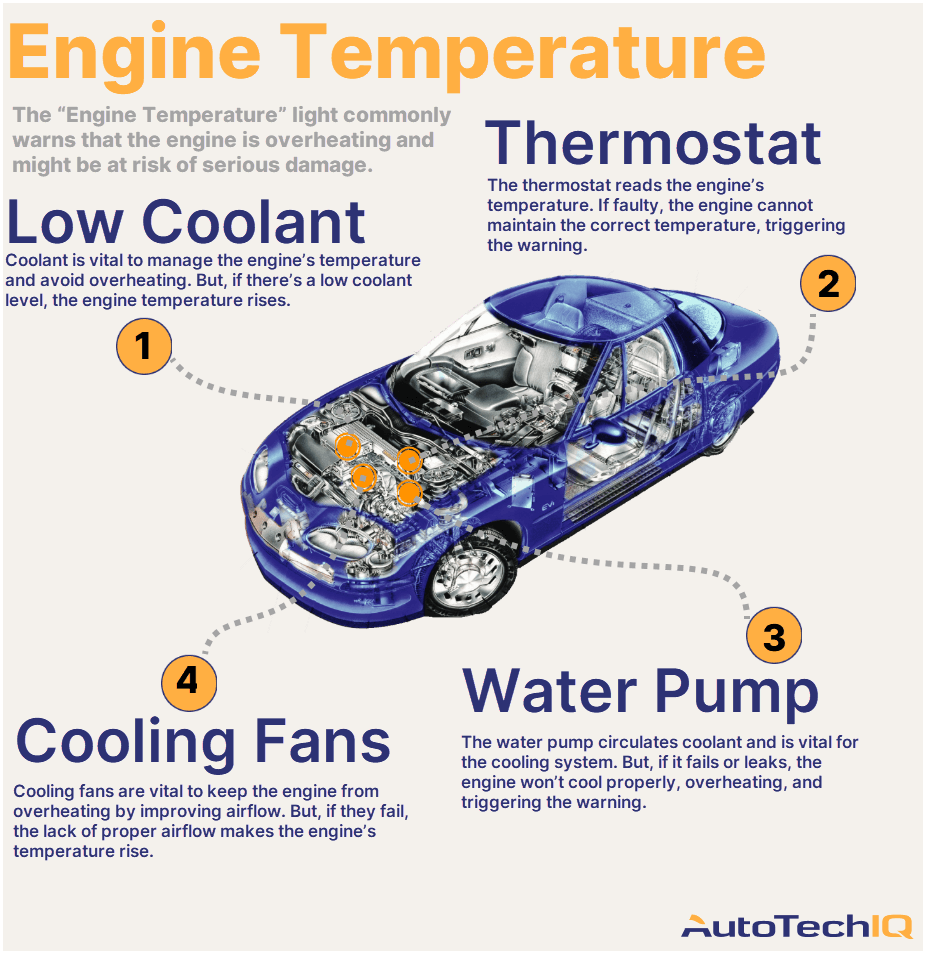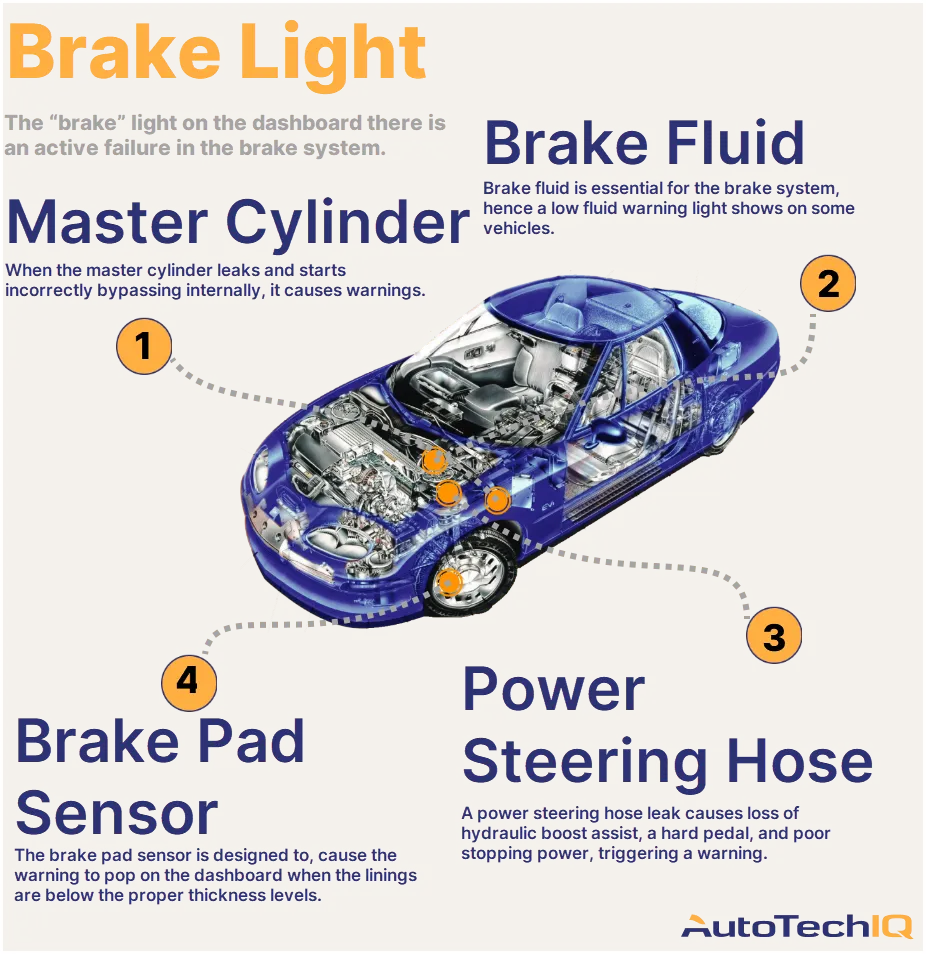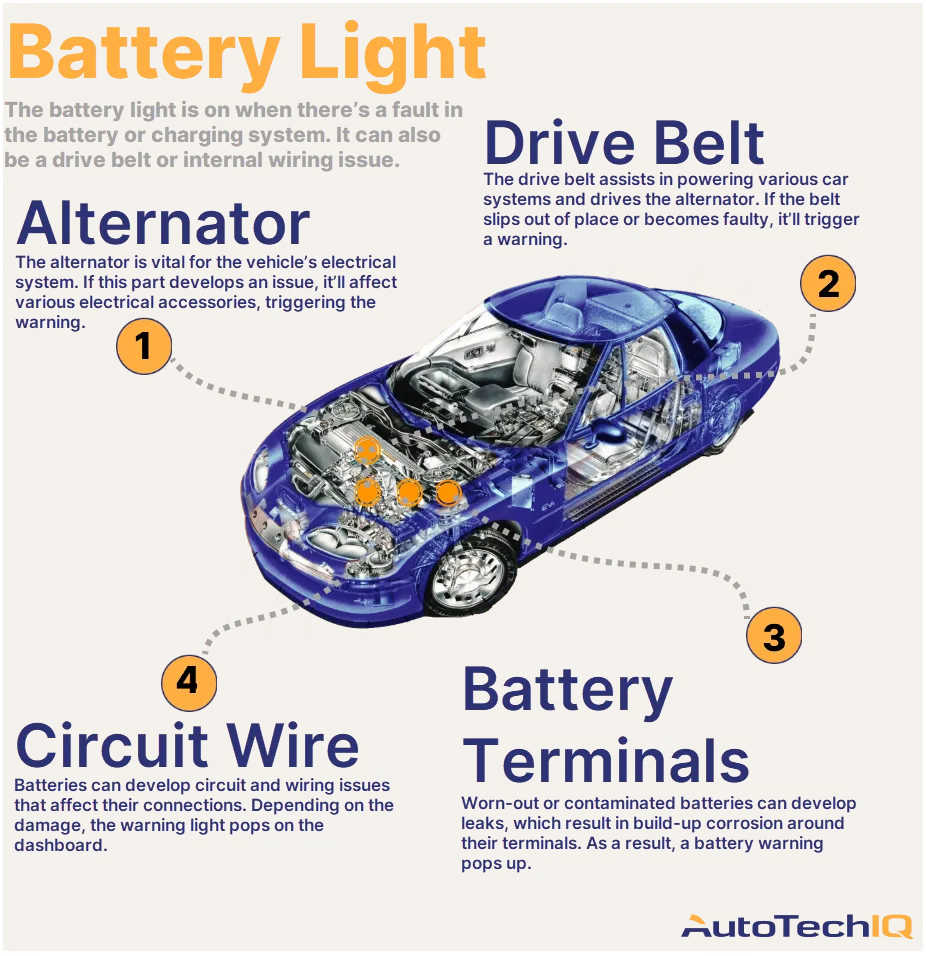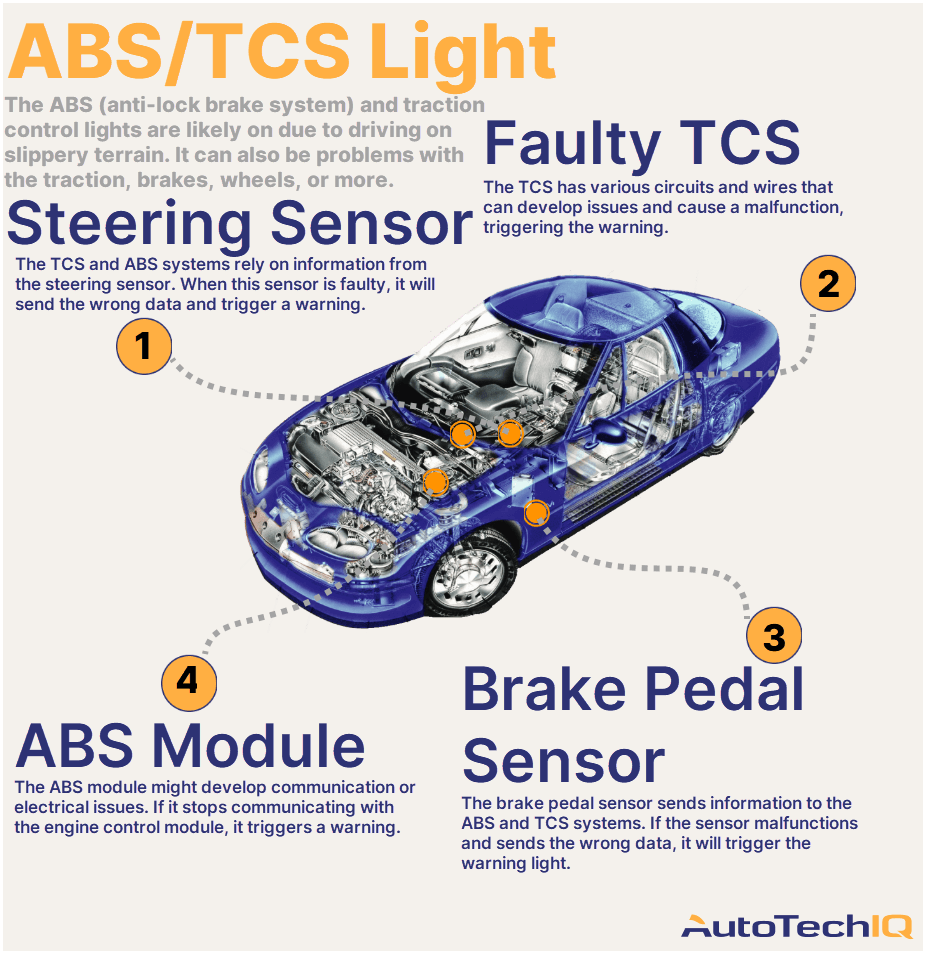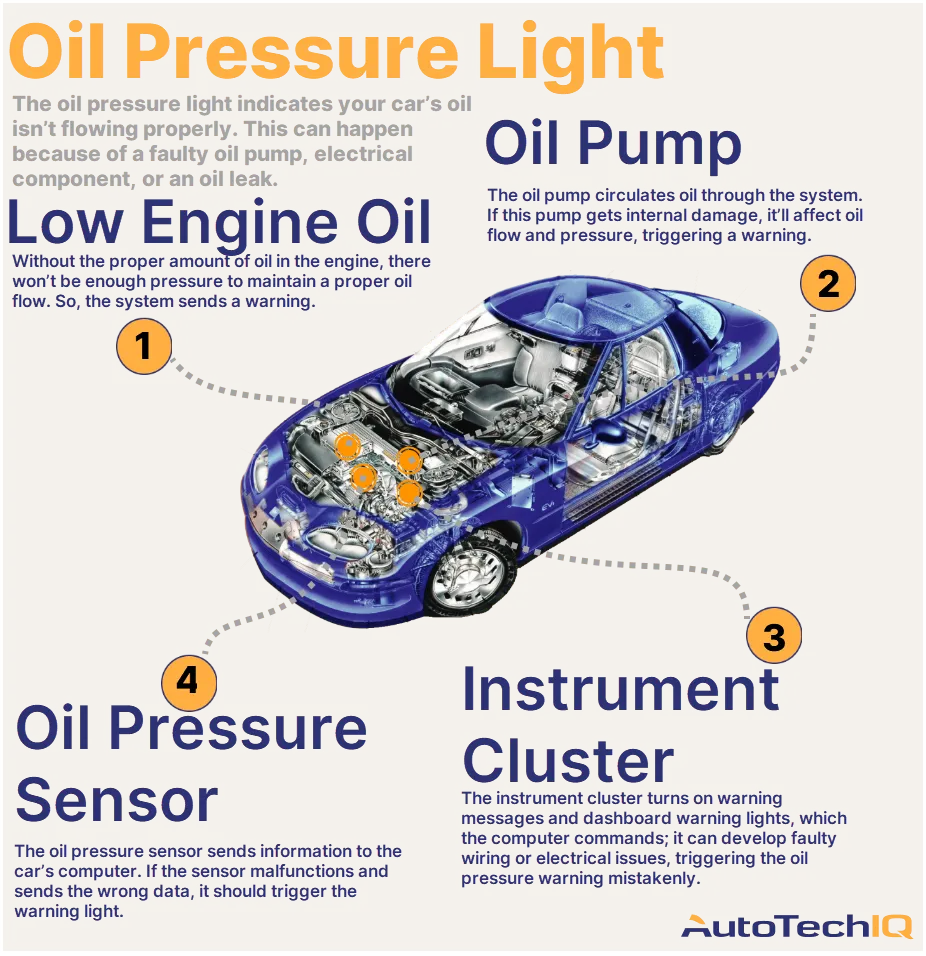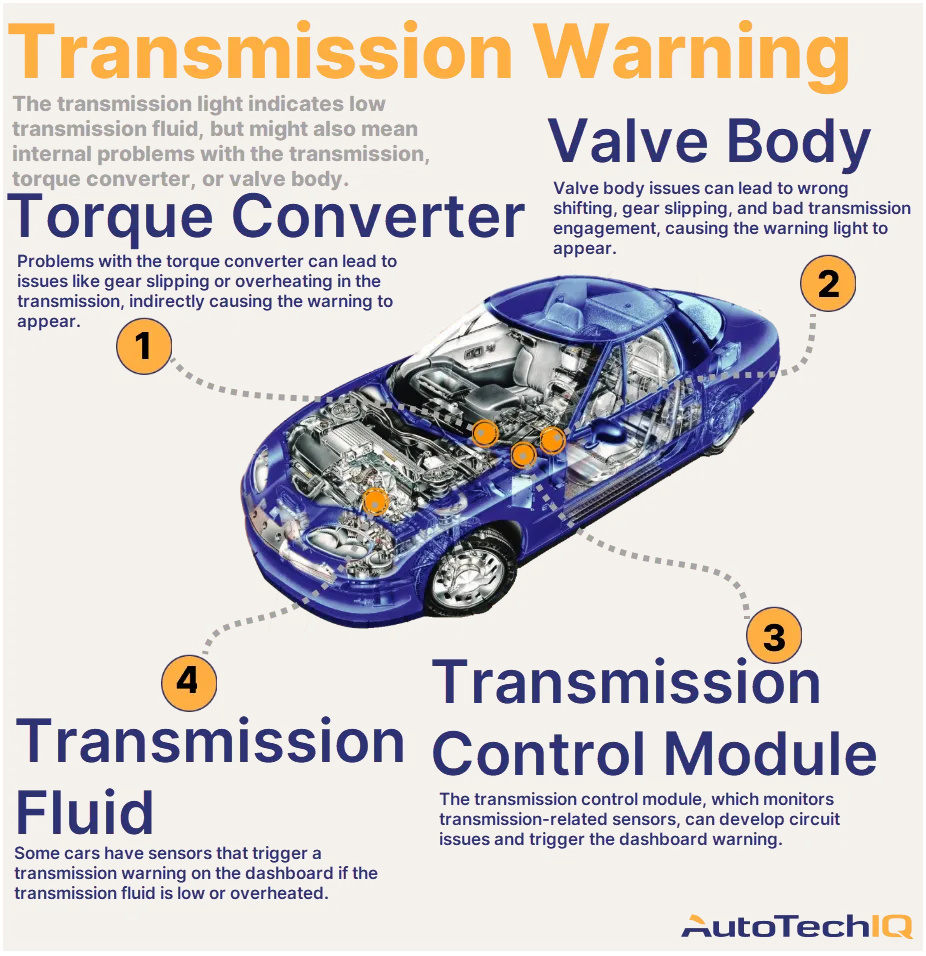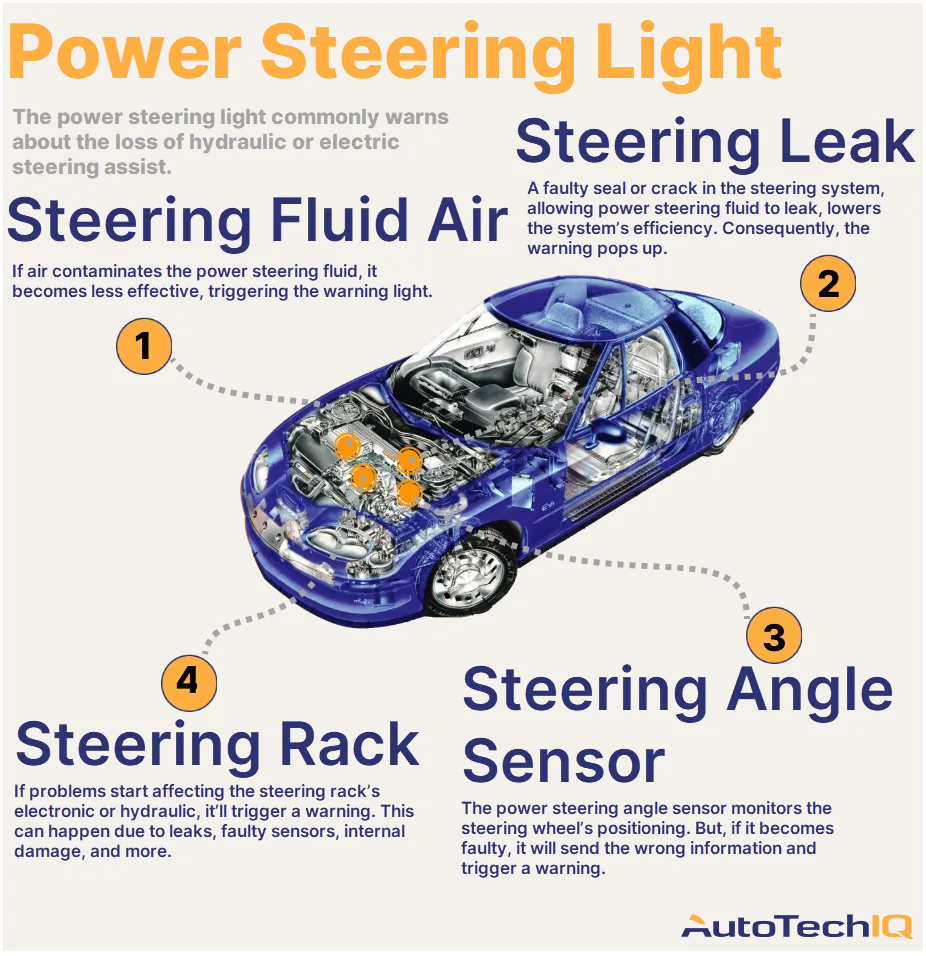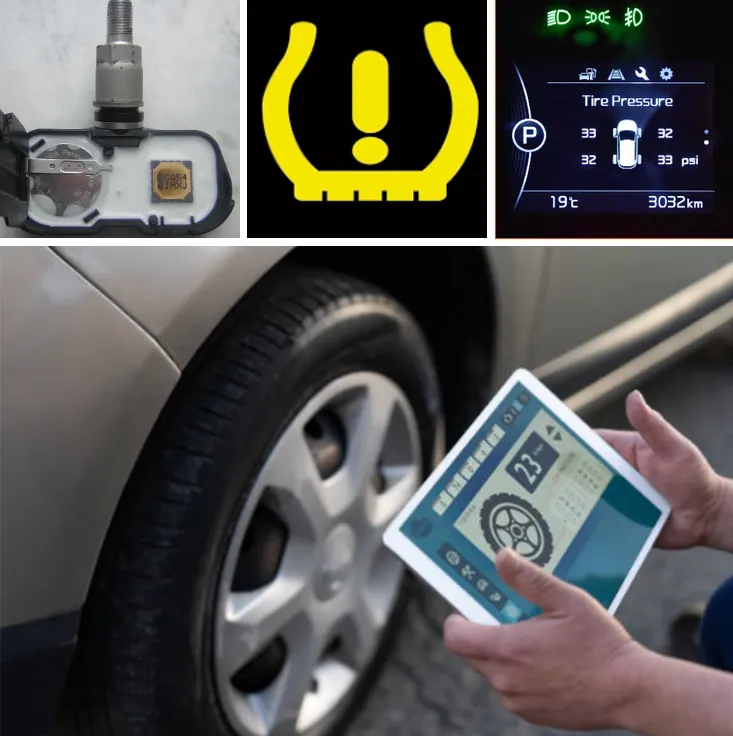
Tire pressure sensor refers to the tire pressure monitoring system, regularly measures the tire pressure and transmits the data to the instrument panel.
The use of tire pressure sensors reduces the occurrence of emergency situations, reduces tire wear, simplifies vehicle control, and saves gasoline consumption.
Manufacturers produce two types of sensors.
Universal or external sensors. The advantages are easy to install yourself, without going to a tire shop or using special tools. Year-round monitoring, which allows you not to miss a decrease in pressure when the air temperature drops. A significant drawback of the devices is poor protection from mechanical damage.
The second type of sensors is installed inside the wheel. Internal sensors are more reliable, as they are completely protected from external influences. The advantages of sensors of this type are that they analyze the most insignificant or strong and sudden change in pressure. The sensors are installed during tire fitting instead of the standard nipple. In addition to measuring temperature and pressure, there is a measurement of wheel speed. The disadvantages include the fact that the batteries in the sensor can only be replaced during tire fitting
Tire pressure sensors are necessary and important, but in turn they cause a lot of trouble during the seasonal tire change period. Most drivers prefer to have two sets of wheels (for winter and for summer), but when assembling the second set the question arises, which sensors to install? Installing a second set of sensors is a very inconvenient service because for most automakers, this system requires reprogramming the newly installed set; this requires an additional visit to the service center after each wheel change and, accordingly, additional costs.
Installation and configuration
- The easiest way to install mechanical sensors is to screw them in instead of the standard caps. They do not require additional configuration.
- Electronic devices are more difficult to install due to the presence of a control unit that can work independently or is connected to the cigarette lighter. As a rule, it is recommended to install sensors in a circle from the left front wheel. After installing each sensor, you must ensure that it is displayed correctly on the display. Otherwise, they should be rearranged according to the displayed parameters.
- The most difficult to install are the internal sensors; to install them, you will need a wheel tire service. It is better if the installation is carried out by professionals. After installation, you need to check that the sensor nipples are installed correctly. To do this, you need to inflate the wheels and diagnose the operation of the sensors.


